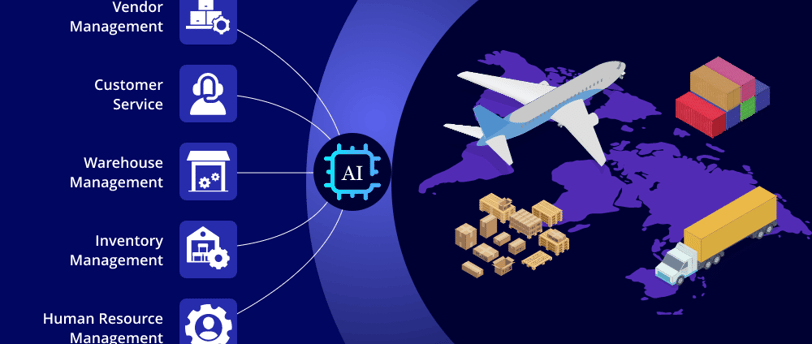Succeeding in the AI Supply-Chain Revolution: A Comprehensive Guide
The landscape of supply chain management is undergoing a transformation with the advent of artificial intelligence (AI). This guide serves as an engaging roadmap for businesses looking to navigate and thrive in this new era.
11/7/20242 min read


Understanding the AI Supply-Chain Revolution
The landscape of global supply chains is undergoing a significant transformation driven by advancements in artificial intelligence (AI). As businesses seek to enhance efficiency, reduce costs, and improve the customer experience, the integration of AI technology has emerged as a critical solution. Companies worldwide are beginning to recognize that succeeding in the AI supply-chain revolution is not merely an option but a necessity for long-term success.
Key Components of AI in Supply Chains
To effectively embrace the AI revolution within supply chains, it is essential to consider several key components. These include machine learning algorithms, real-time data analytics, and automation technologies. By leveraging machine learning, businesses can predict demand fluctuations and optimize inventory management more accurately. Real-time data analytics allows for better visibility and responsiveness in the supply chain, ensuring that potential disruptions are addressed proactively. Automation, on the other hand, streamlines operations, reduces human error, and improves overall productivity.
Strategies for Success in the AI Supply-Chain Landscape
To thrive in the evolving AI supply-chain environment, organizations must adopt specific strategies that align with technological advancements. First, businesses should invest in training and development to equip their workforce with the necessary skill sets to manage AI tools effectively. This includes understanding how to analyze data generated by AI systems and make informed decisions based on those insights.
Additionally, organizations should foster a culture of collaboration between different departments, such as procurement, logistics, and IT. A cohesive approach encourages innovation and promotes the seamless integration of AI solutions across the supply chain. Developing partnerships with technology providers can also facilitate access to cutting-edge tools and resources, ultimately supporting companies in their AI journey.
Furthermore, businesses must remain adaptable and ready to embrace change. The AI supply-chain revolution is still in its infancy, and those that stay agile and responsive will be best positioned to capitalize on emerging trends and technologies. By continuously assessing their operations and exploring new possibilities, organizations can create a resilient supply chain that meets the demands of both today and the future.
In conclusion, succeeding in the AI supply-chain revolution requires a multifaceted approach focused on technology, personnel, and organizational culture. By embracing the potential of AI and implementing strategic initiatives, businesses can not only navigate the challenges of the modern supply chain but also unlock unparalleled opportunities for growth and innovation.
